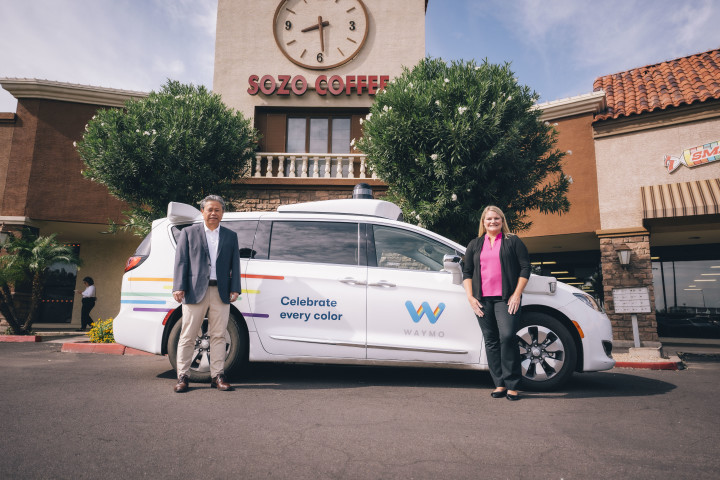Wake Up to the Dangers of Drowsy Driving
Play VideoRead
The National Sleep Foundation
To put herself through college, Katrina Loraine Amos Washington worked shifts that started late at night and ended early in the morning.
One early morning after work, Katrina got into her car to drive the short distance home. She felt energized after finishing her shift, but halfway through her drive home, the fatigue swept over her like a wave. She tried to push through it because she was so close to home.
Washington says she’ll never forget how, as she passed through intersections, stopping and going again, her eyelids began to feel heavier. She remembers each blink leading up to the shattering moment.
“I took a longer blink and, before you know it, my car is flipping over,” Washington says.
Because drowsy driving is such a relatable experience, now Washington shares her personal story as part of her work as a senior director with the National Sleep Foundation (NSF). NSF is an independent non-profit organization that promises to help people be their Best Slept Self(R). Their work highlights the vital connection between people’s sleep and their health and well-being.

Katrina Loraine Amos Washington, Senior Director of Business Development and Strategic Partnerships at The National Sleep Foundation
“I think that so many people just kind of power through things, and they don't realize that at some point your body's like, ‘Sorry, need to sleep,’” Washington explains.
According to a recent NSF study on drowsy driving, 6 in 10 Americans (62%) have driven a car when they were so tired they had difficulty keeping their eyes open.

Source: National Sleep Foundation, 2022
People who work extended or off-hours (shifts) are at greater risk of drowsy driving, which can slow down your reaction time and increase your risk of crashing. Tired and droopy eyes or an increase in blinking are one of the signs of drowsy driving.
“Make no mistake that drowsy driving is impaired driving,” says John Lopos, CEO of the National Sleep Foundation. “In fact, if you've gone a certain period of time without sleep, it's as if you were drunk driving.”
Drowsy driving is impaired driving. In fact, if you've gone a certain period of time without sleep, it's as if you were drunk driving.
The NSF found that even though most Americans (95%) consider drowsy driving highly risky, drowsy driving is widespread and common. According to the NSF, more than 37 million motorists are estimated to drive drowsy once or more each year. And the consequences can be tragic.
“Drowsy driving should be a focus for public safety,” Lopos emphasizes. “We always start by helping people get enough of the quality sleep they need before getting behind the wheel. But we know that there are going to be circumstances where a person still has to get from point A to point B, and if that's the case, they need to know what to do–they need to have safer options.”

John Lopos, CEO of The National Sleep Foundation
As part of Let’s Talk Autonomous Driving (LTAD), the National Sleep Foundation is working with autonomous driving technology company Waymo to educate about sleep health and drowsy driving, and exploring how autonomous driving technology could reduce drowsy driving on our roads.
“What's very encouraging in the collaborations that we've already started with Waymo is this is an example of how industry, mobility, auto manufacturers, motor carriers can actually come forward and say, ‘We appreciate the biggest picture here, which is health and safety,’” Lopos shares.
This is an example of how industry, mobility, auto manufacturers, motor carriers can actually come forward and say, "We appreciate the biggest picture here, which is health and safety."
Waymo’s technology is designed to handle all the tasks of driving so that passengers can sit back and relax. The technology is designed to be constantly vigilant and alert regardless of what time of day it is.
Waymo invited Washington and Lopos to visit Arizona to ride with the Waymo One service and a Waymo Via Class-8 semi-truck, autonomously driven by Waymo’s technology.
Lopos says Waymo and the National Sleep Foundation are working towards the same goals of understanding the importance of sleep and reducing impaired driving.
“There's never been a better time for all of these groups to come together and use their influence and connection to the public to change behavior around drowsy driving.”
To learn more about research involving sleep, fatigue and driving, Waymo recently published a Fatigue Risk Management Framework that addresses prevention, monitoring, and mitigation of fatigue-induced risks that affect autonomous specialists during testing of its autonomous driving technology, the Waymo Driver.


